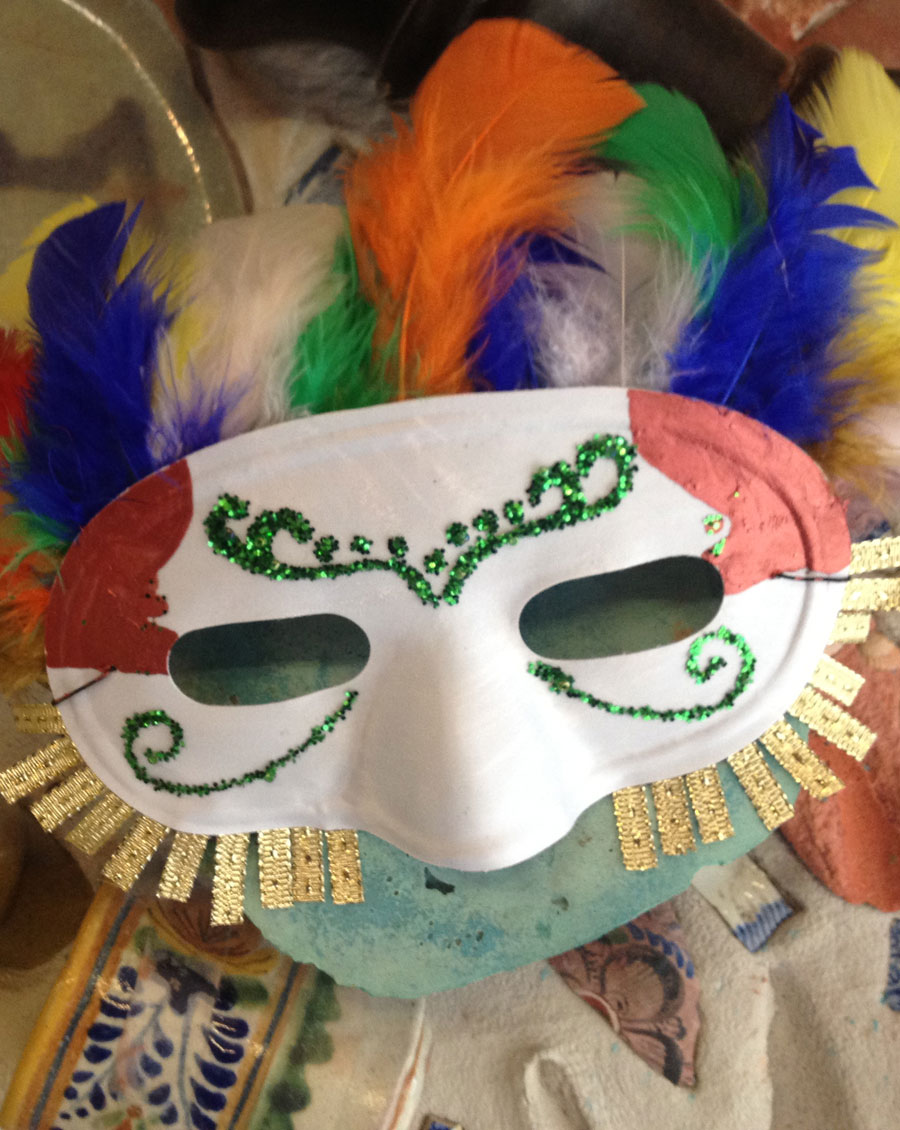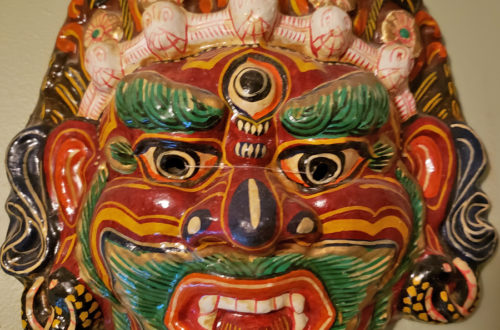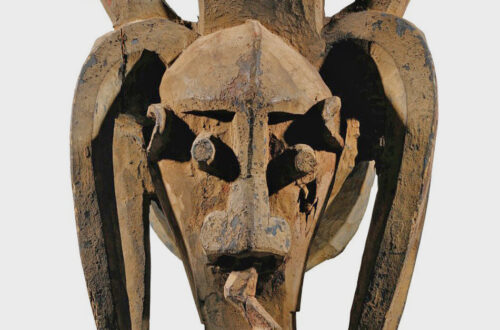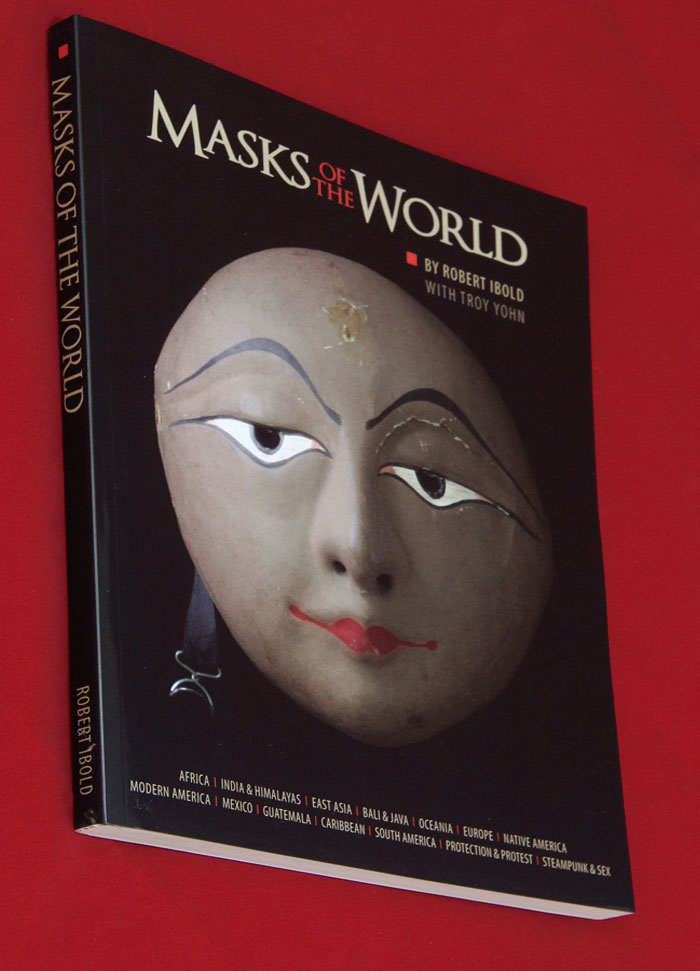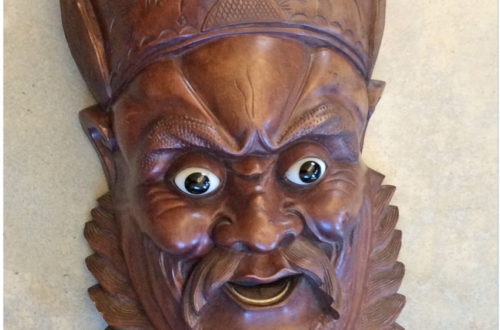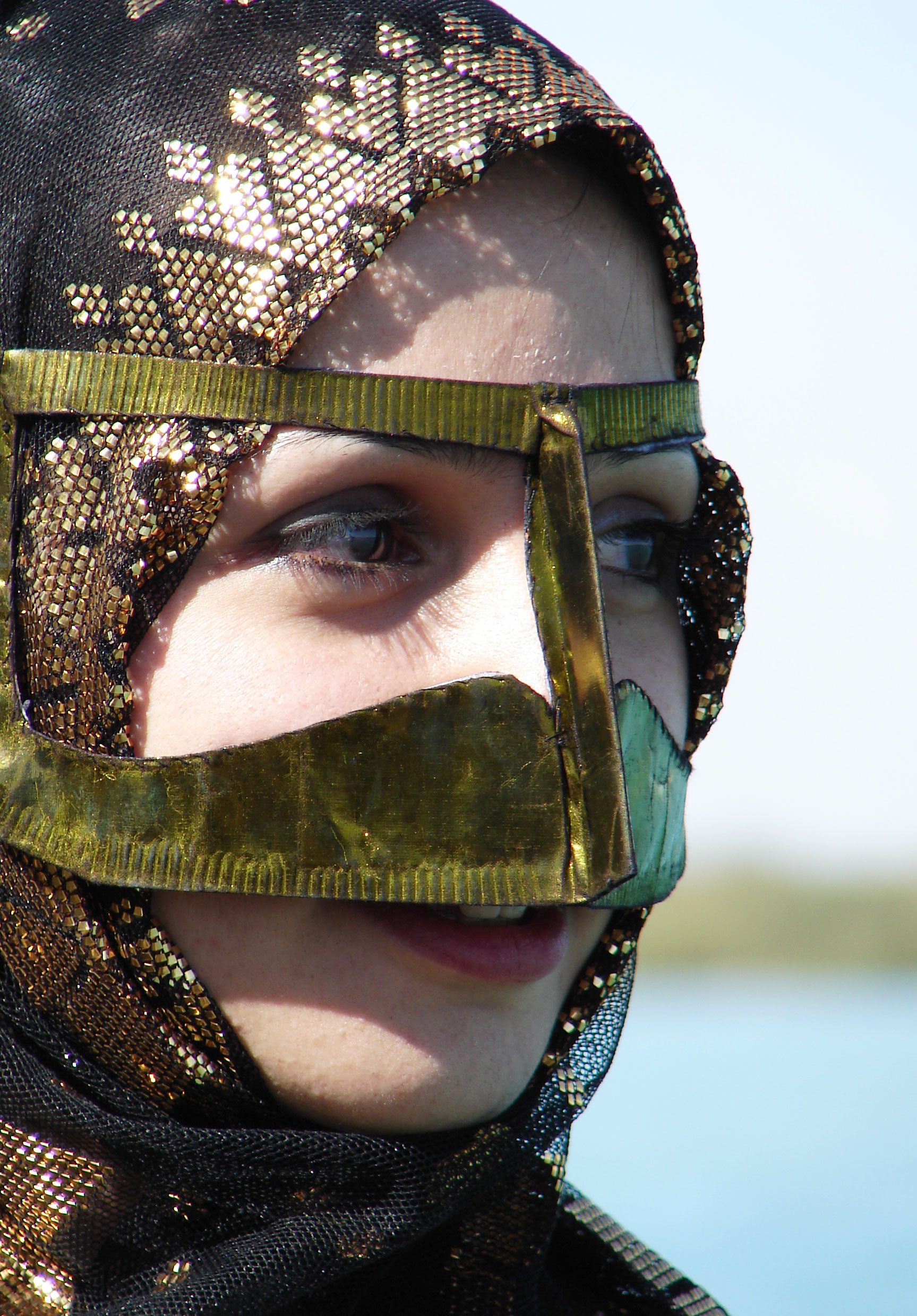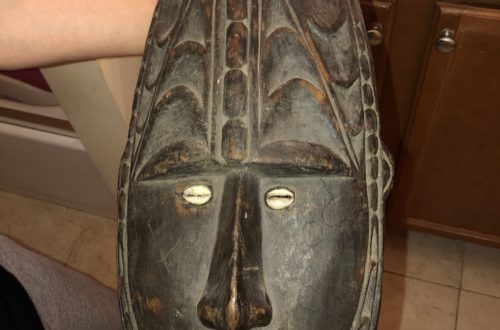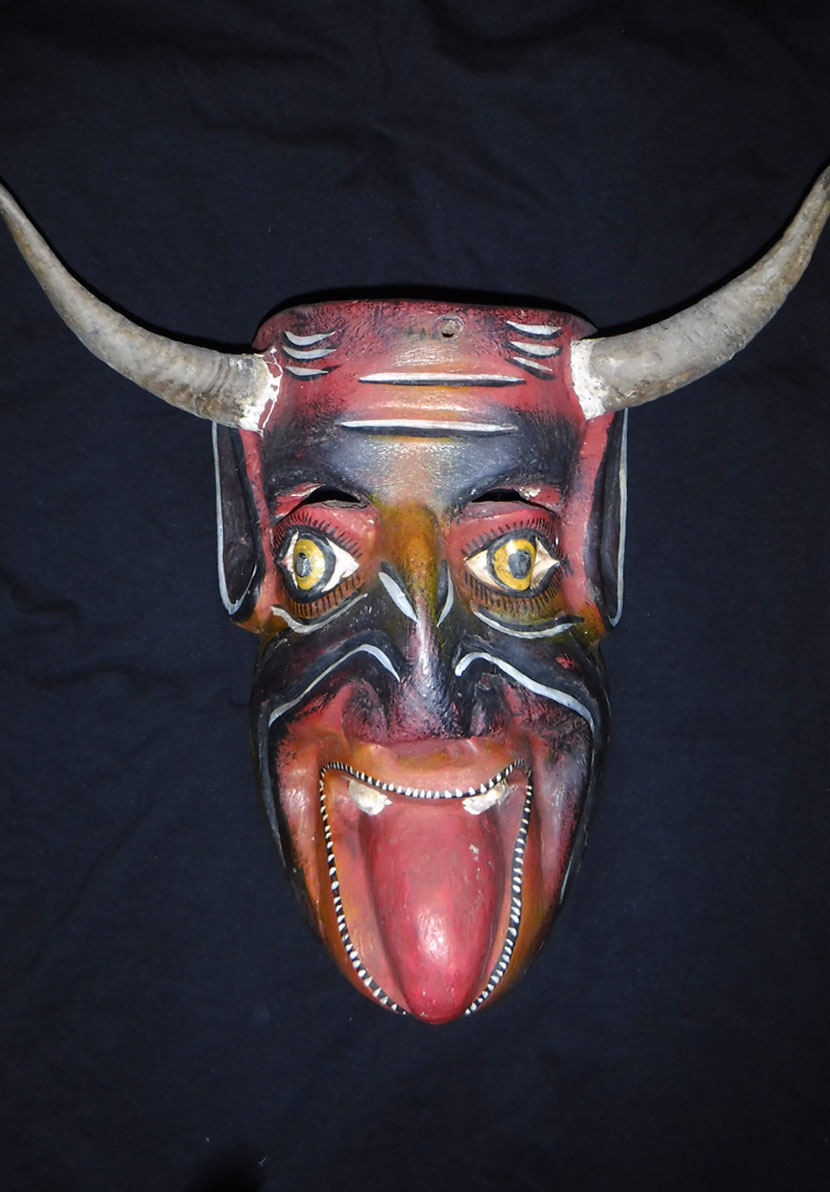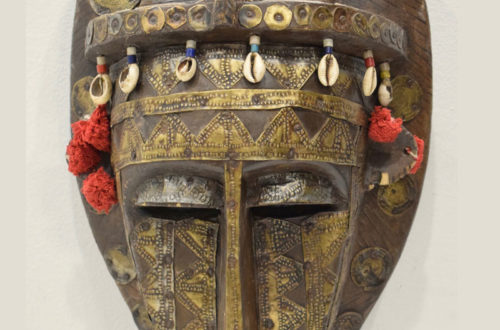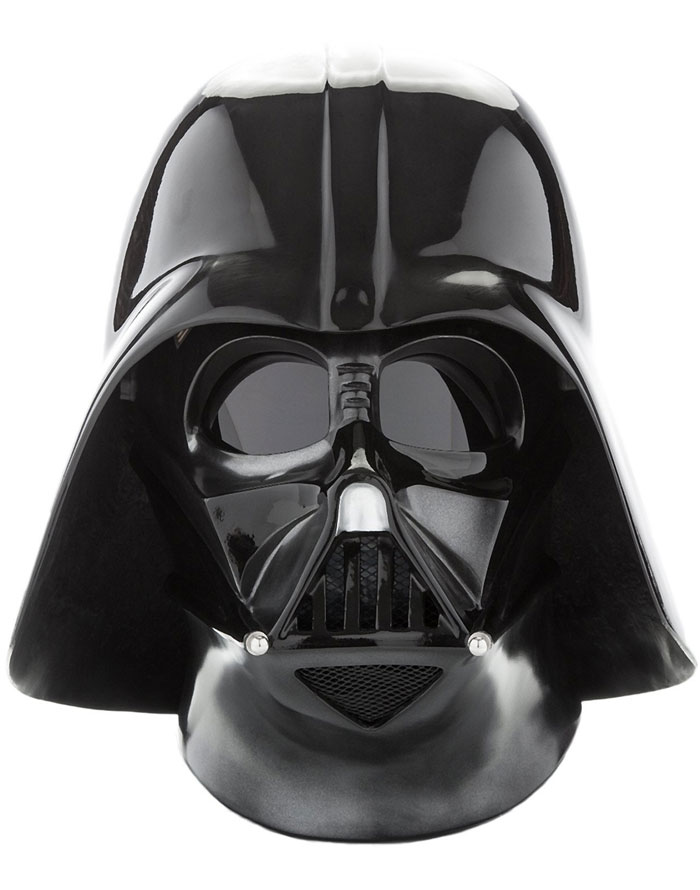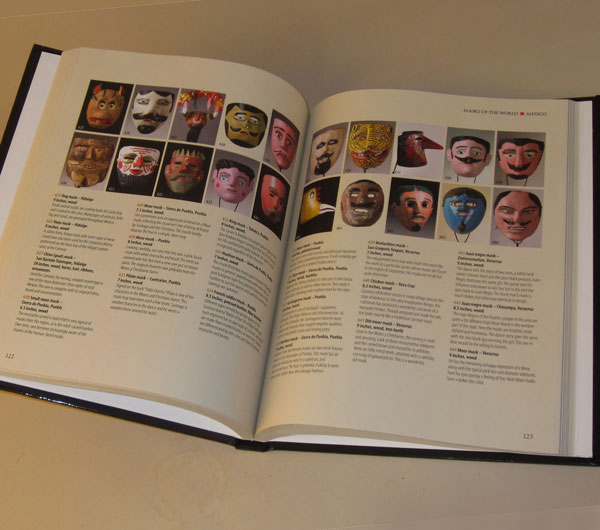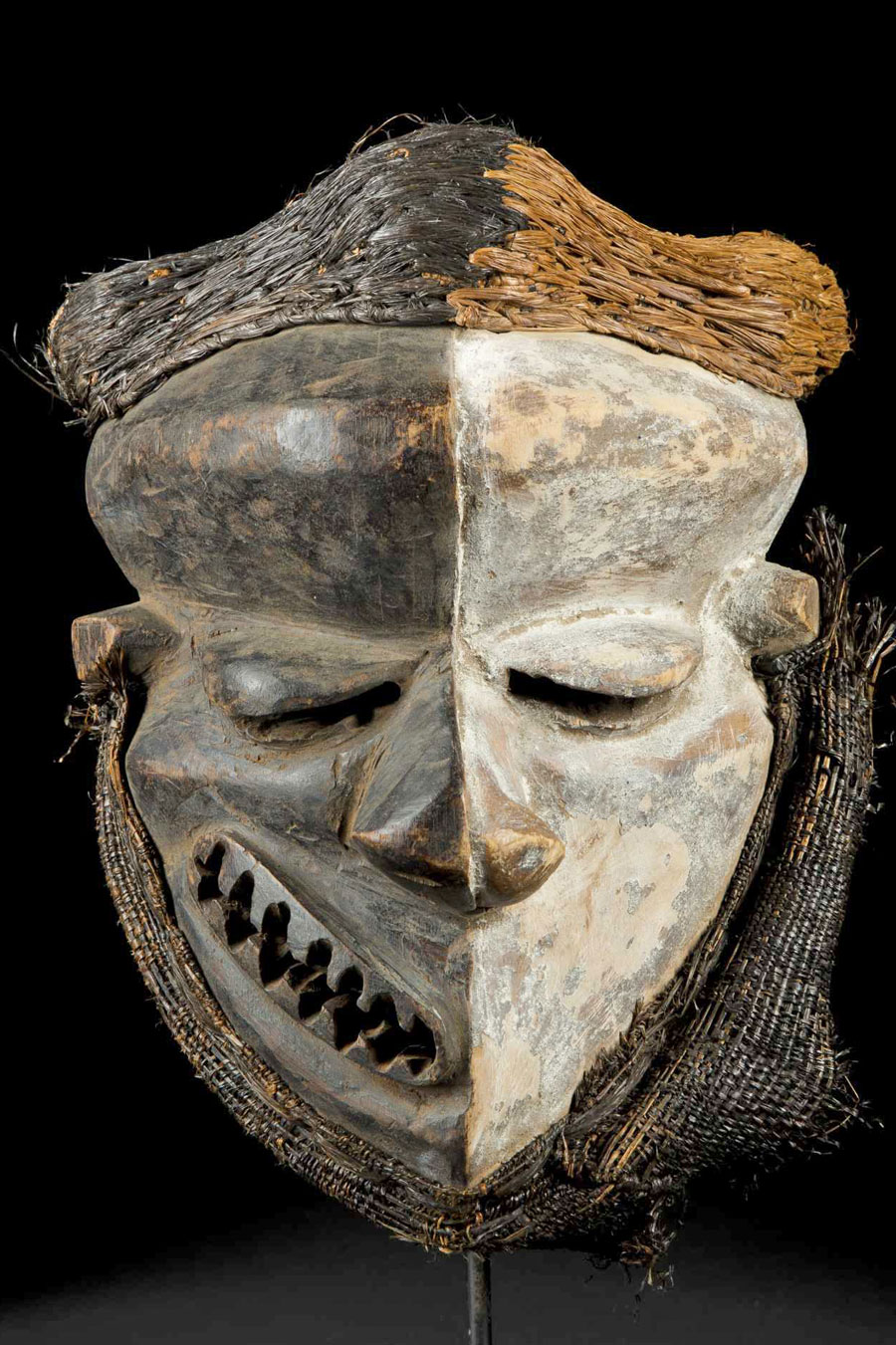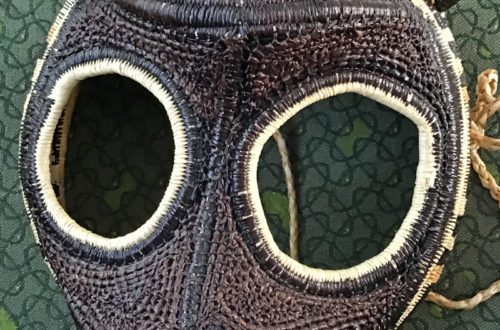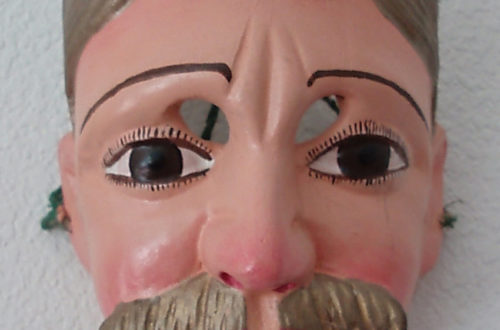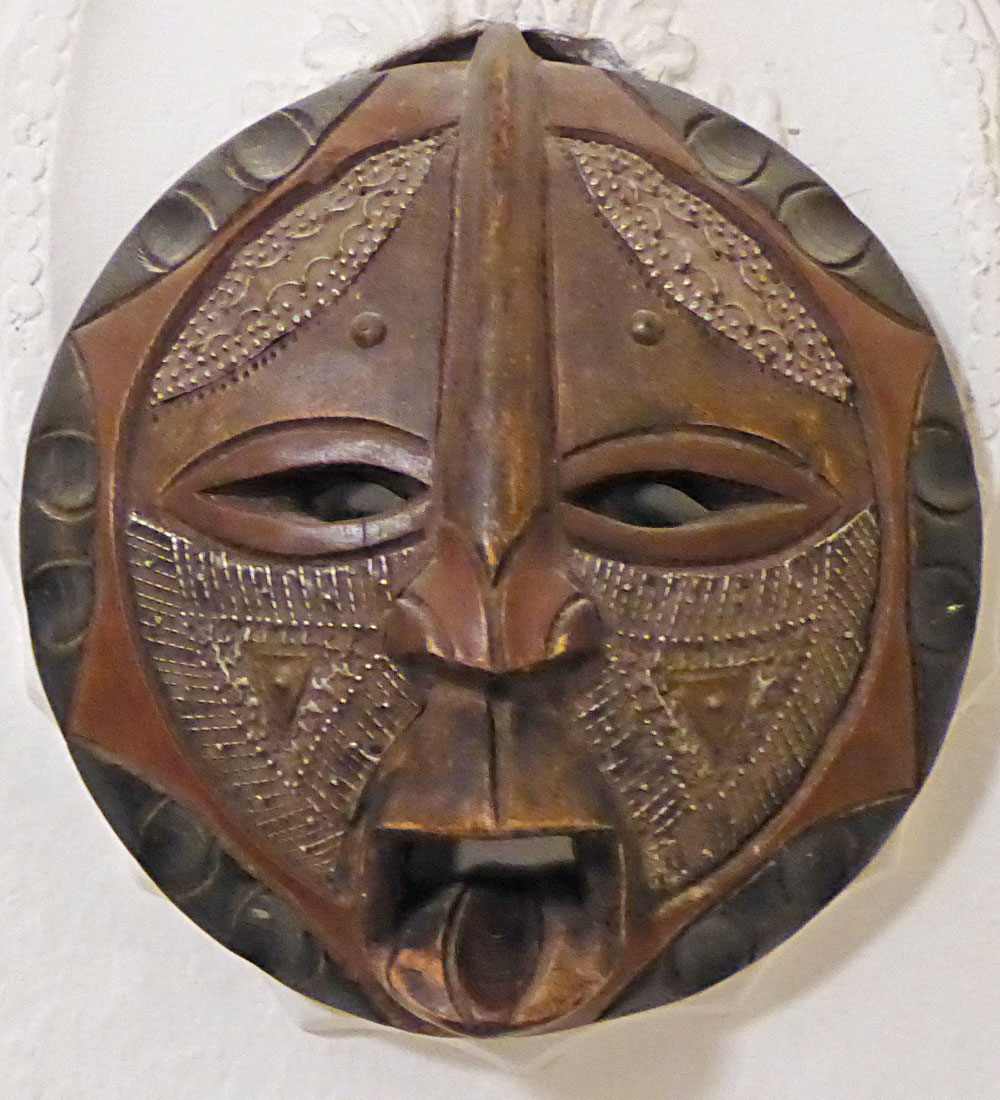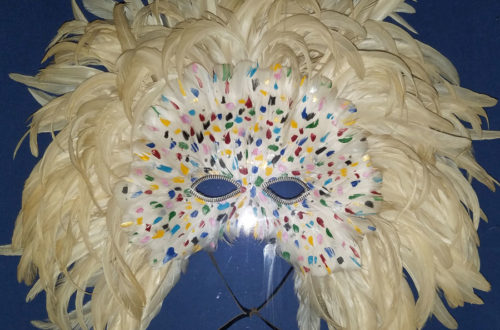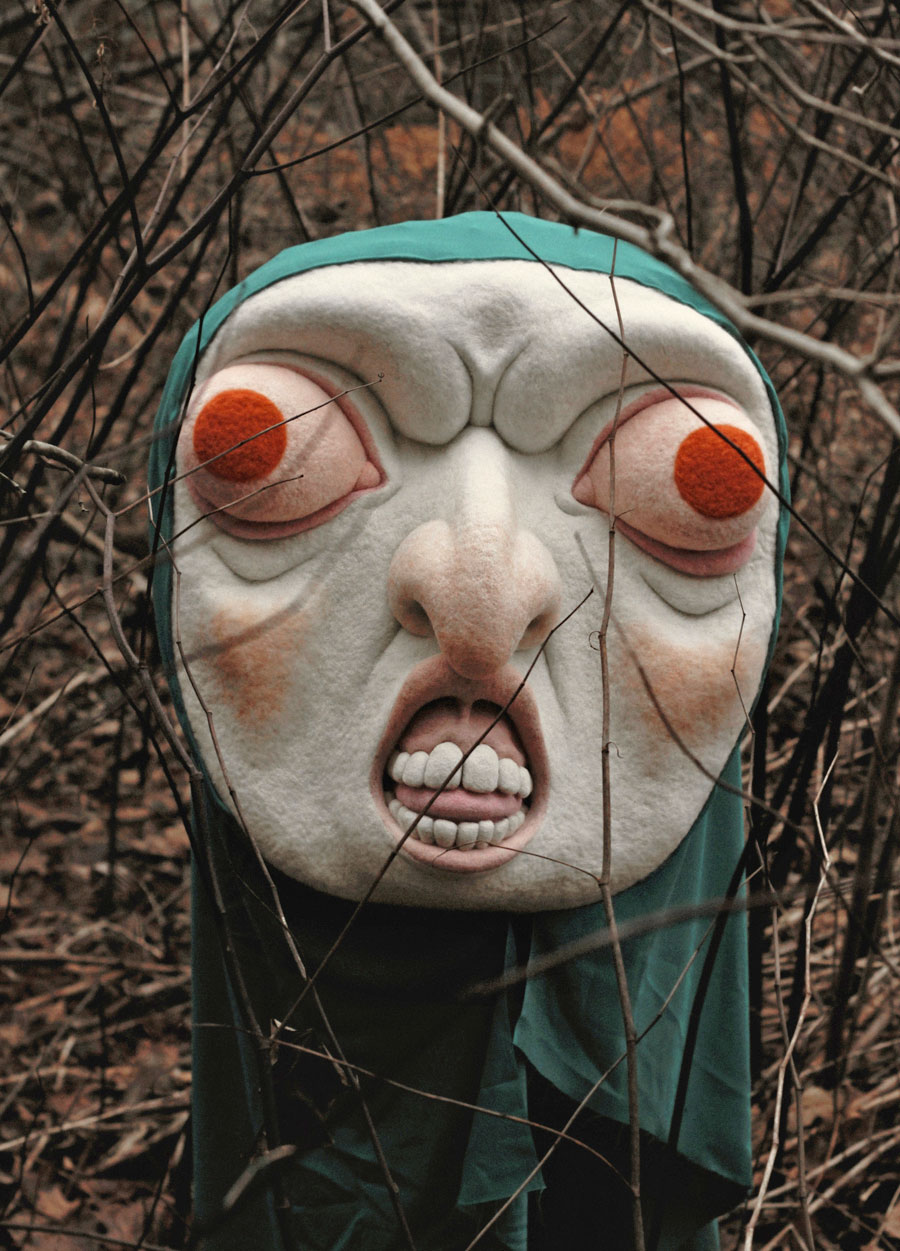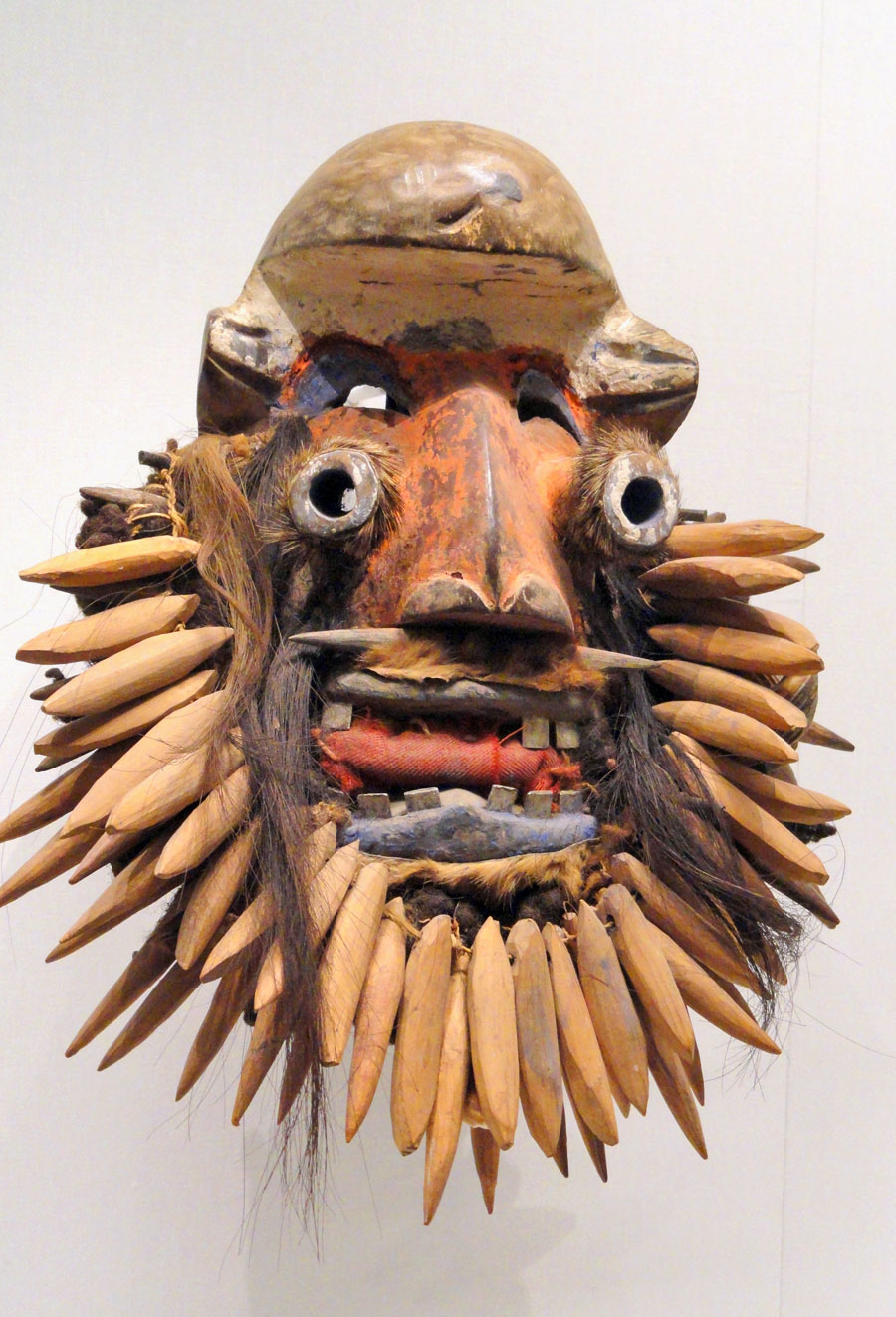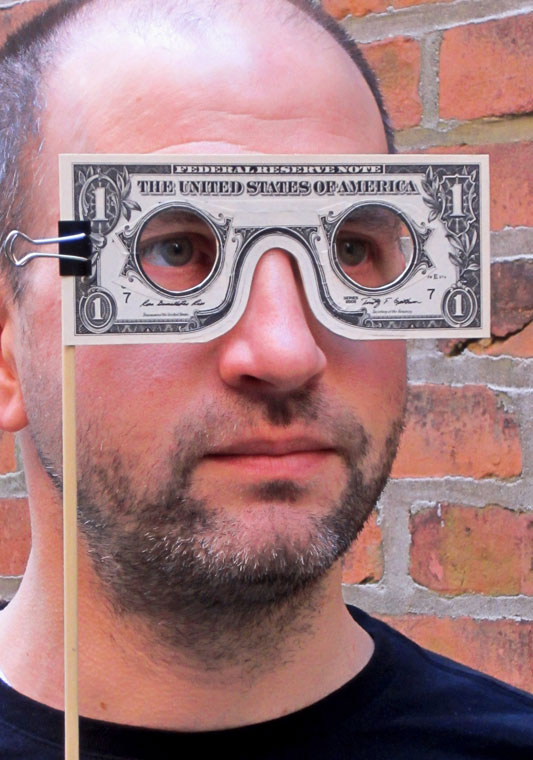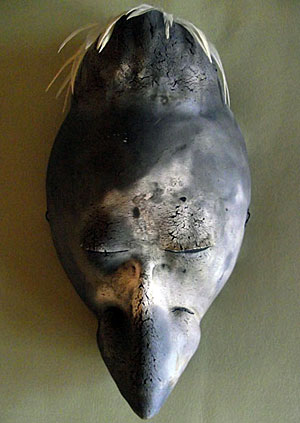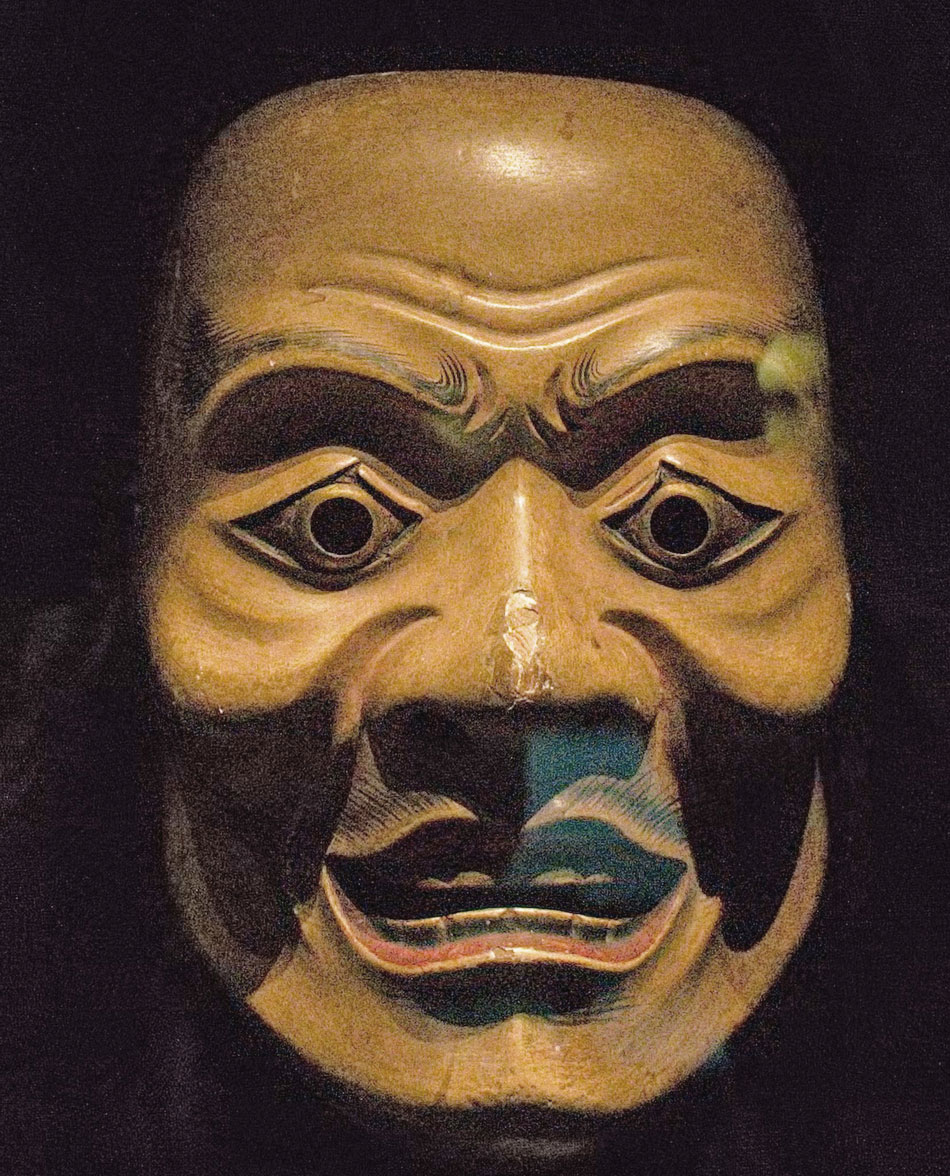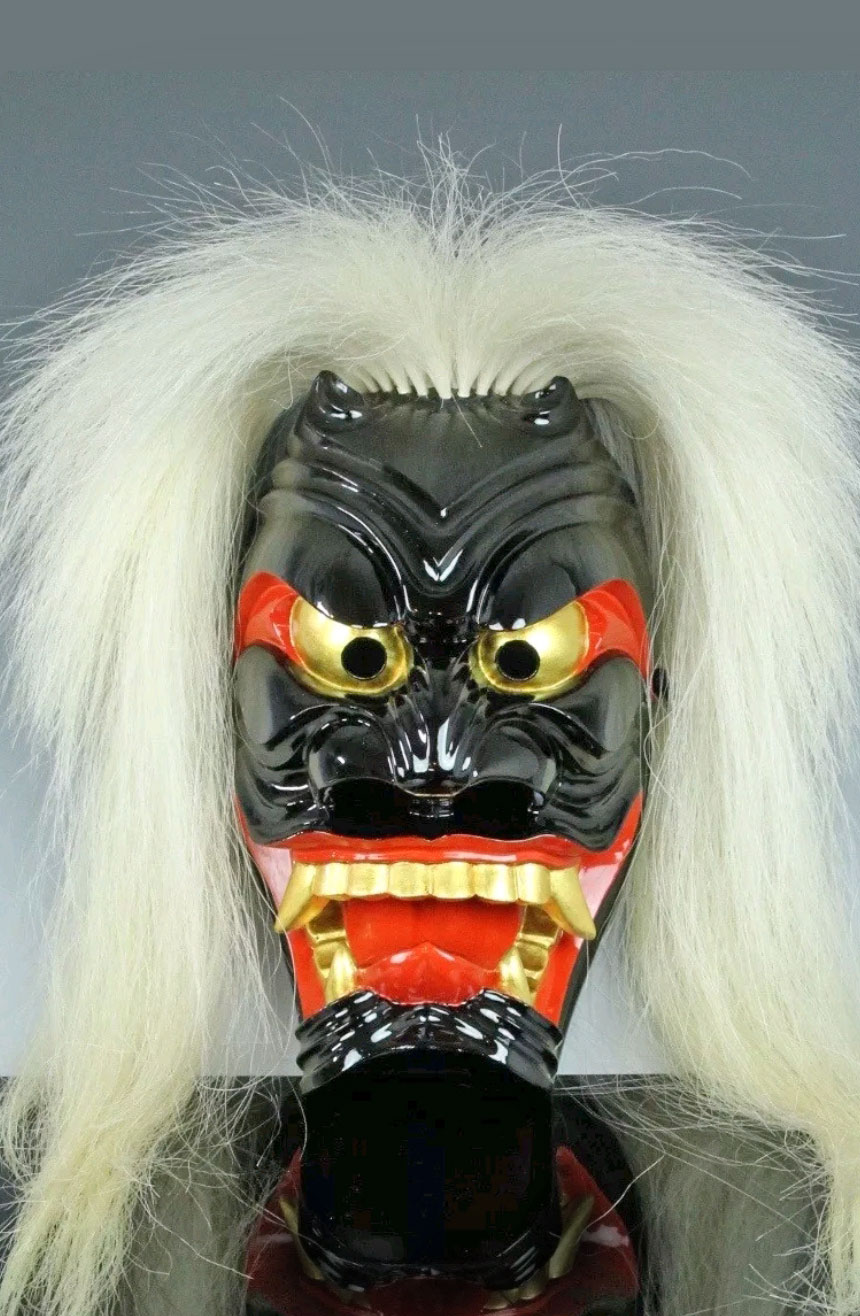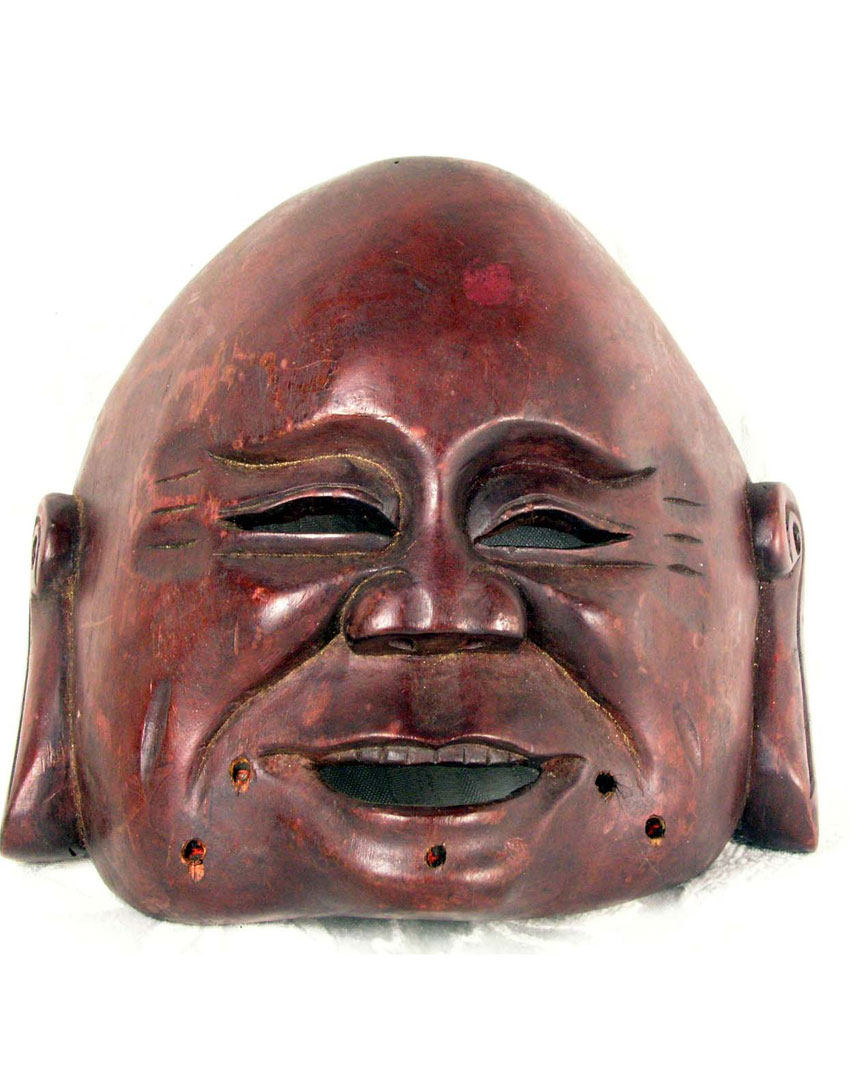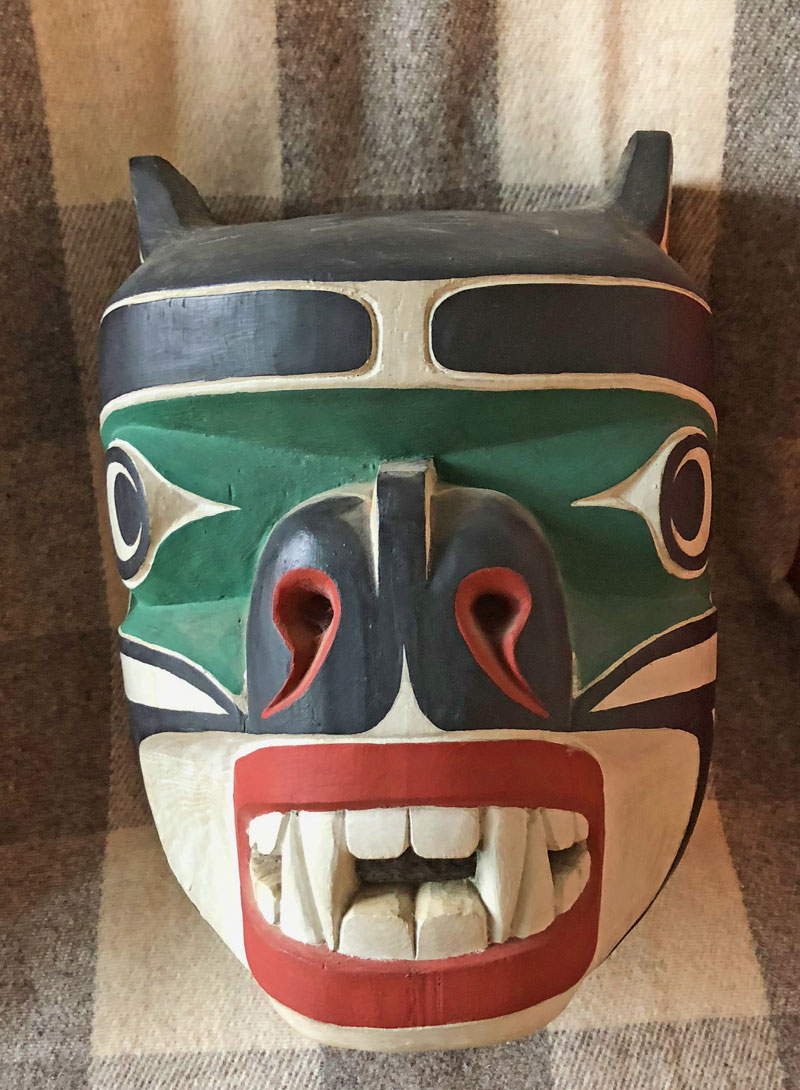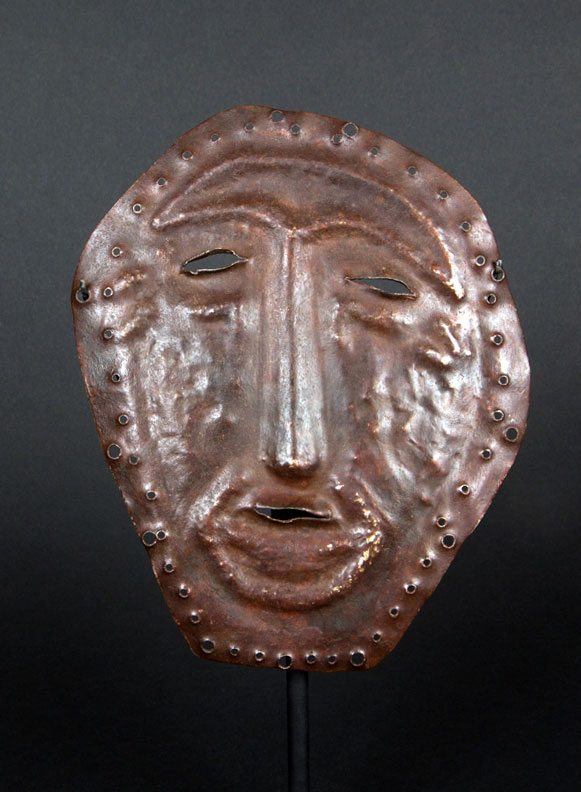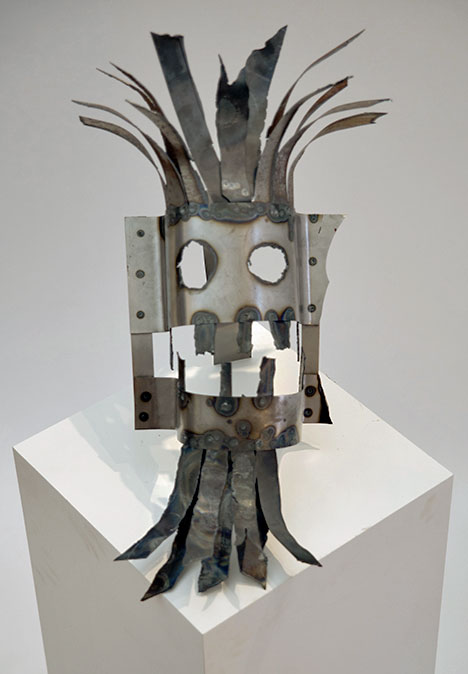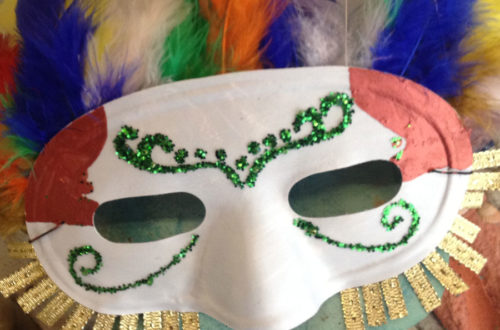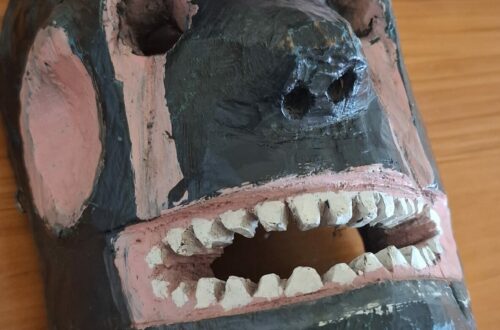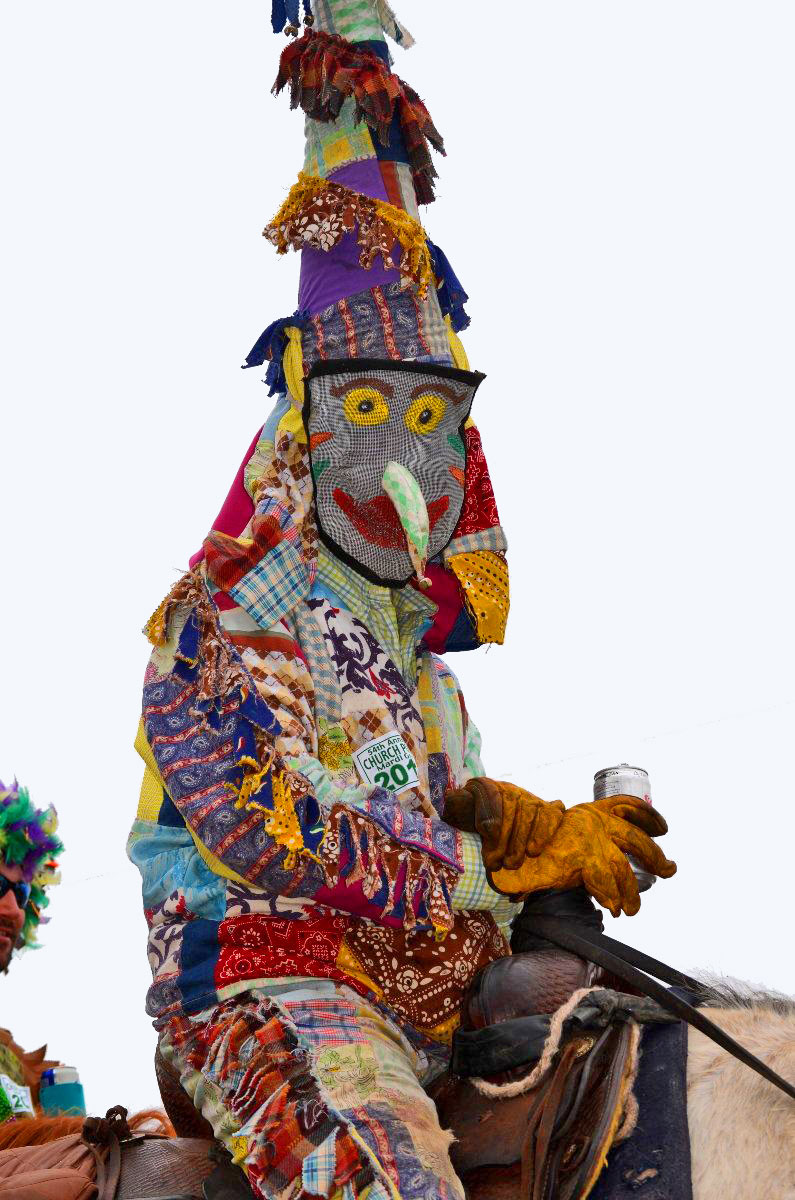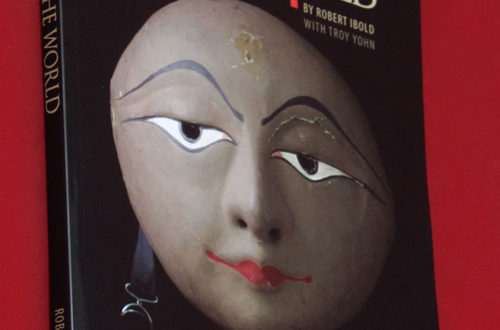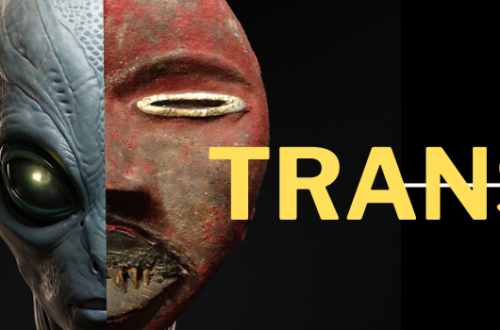Though I live close to Philly, I’ve never gone to this important masquerade. The masks and costumes are something everyone should experience. Better yet, the participants and audience (which includes tourists) are having a great time together. A lot of beer is consumed. New friends are made. Great fun! The Mummers Parade is held each New Year’s Day in Philadelphia, Pennsylvania. It is believed to be the oldest folk festival in the United States. Local clubs (usually called “New Years Associations”) compete in one of four categories (comics, fancies, string bands, and fancy brigades). They prepare elaborate costumes, performance routines, and moveable scenery, which take months to complete. This is…
-
-
1500 photos & descriptions of masks
The “Ask the Mask Man” blog has reached 1500. In addition to the website, there are almost 1000 in our book, Masks of the World. Combined, this is by far the largest reference for masks anywhere! Thank you for your participation. Bob & Troy
-
Mexican decorative masks, collectible or not?
Q: I have a mask bought in Mexico (Playa del Carmen) from a collector for ~$60 CAD. The mask is made of wood and has goat horns. The seller claimed it was used by a dancer but I cannot remember where. It has holes on the back that appear to be for wearing. I am wondering what you think of this mask, and I am unsure where it would be from. If you have anything else to say about this mask I’d be happy to hear it, its my first and only mask in my collection so far. Trevor, 1492 A: Your mask is called a decorative. It is…
-
Tribal deformity and sickness masks
Back on July 22, 2017 I received the following email. “As you know, collectors occasionally run into deformity and disease masks. I’d like to hear more about them. I’d especially be indebted if you started a blog thread on the topic.” Nate, 1190 The first mask is a Mbangu from the Pende people of the DRC in central Africa. It represents a hunter who has suffered a stroke from the curse of a local sorcerer. The second is from Sri Lanka and would be used by a village shaman to cure a patient. The third mask shows a poor man with a very large goiter. From Baja Verapaz, Guatemala, it…
-
Should you buy this mask?
This is called an Agbogho mmuuo from the Ashanti people of Ghana, West Africa. Sometimes the sellers of these round carvings will tell you more about their derivation, which goes like this… “Translating into the Queen of women, this mask represents a wealthy woman of high status. She personifies strength, beauty, and pride. It is typically worn during performances at funerals and other ceremonies. Seeking to illustrate maiden spirits, men dress up in these masks and parade as adolescent girls to exaggerate their features. Shows including the mimickers are also joined by musicians who chat ‘Mmanwu si n’igwe’ – meaning the masked spirit from the sky and ‘Udemu na lenu’ –…
-
We-Guere Mask from Africa
Guere Mask from the Ivory Coast can be very frighting. They are worn to terrify their enemy when at war. The Guere share many aspects of culture with the neighboring Dan tribe. They created masks that were used during festivities, funerals, rituals, wars, and that look rather scary and monstrous. The art of Guere people is stylistically connected to the Dan and both groups are often collectively referred to as We, meaning “men who easily forgive.” Like the Dan, the We use a wide variety of masquerades, which hold important regulatory position within their small, egalitarian communities. Masks are owned by families and used by individual lineage members in contexts…
-
Japan uses the most masks
The picture shows a finely made, possibly very old, Japanese character mask. It could be Waka Otoko or Hatachi Amari from the Noh theater, or even a older Bugaku masks. I just don’t know. There so many masks, some of which go way back in history. There are more old masks in Japanese collections than anywhere. But there’s more. The Japanese use masks a lot. Usage includes Noh theater, village plays, temple performances, parades, celebrations, export, souvenirs for tourists, gifts, home decoration and sword fighting. No wonder collecting Japanese masks is so popular. On pages 54-56 of Masks of the World by Ibold and Yohn there are 24 shown and…
-
Big NWC Indian mask
Q: The mask is about 16 inches tall and about 12 inches wide. I believe it was acquired in the Pacific Northwest by my grandfather 40-or-so-years ago. I’m not sure what he paid for it but I believe it was an original. It was recently bequeathed to me along with 10 other masks from around the world. Kristian, 1455 A: Your mask is original in that it was carved by hand in the Pacific Northwest. I wish I knew what spirit or creature this big mask represent, and what specific culture it comes from. It was made by a lesser carver for sale to tourists. Perhaps someone will send in a…
-
Siberian shaman’s metal masks
This is a flat piece of metal pounded into an old man’s face. Many holes dot the entire edge of the mask which could have been connected to some kind of decoration. It was found in the early 20th century in Evenk, a village of the transbaikal region of Siberia. The indigenous people living there are similar to Native Alaskans. It would have been used by a local shaman in ceremonies to cure illness, protect against danger and encouraging prosperity. 10 inches high. Traditionally, the term shamanism can be defined as a single system which includes a special outlook. It is aimed at the direct perception of the world, understanding…
-
Cajun Marti Grass mask
Cajuns live in the largely self-contained communities in the bayou areas in southern Louisiana. They are descendants of French Canadians, who speak French. Unlike the people of New Orleans, their celebration of the Lenten Marti Gras is done in home-made masks and costumes that resemble nothing else I’ve ever seen. They don’t look like the masks and costumes used in New Orleans. Romanian masks (below) come the closest. With the exception of Halloween, masquerade is not used in most modern American celebrations.
